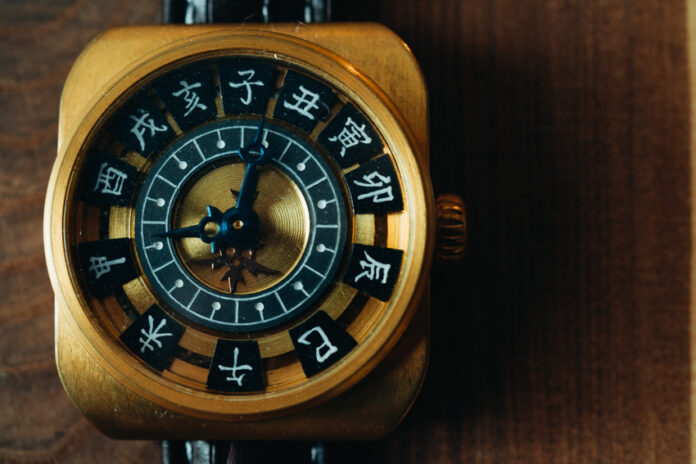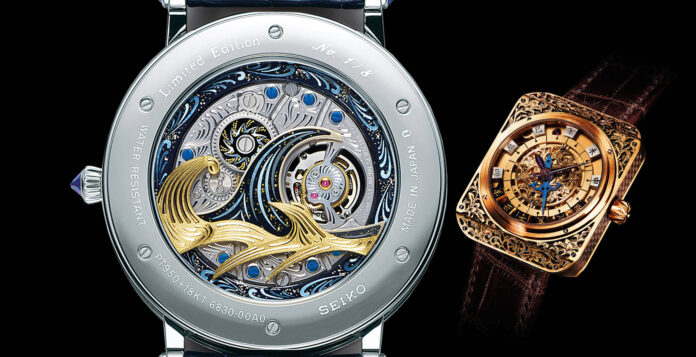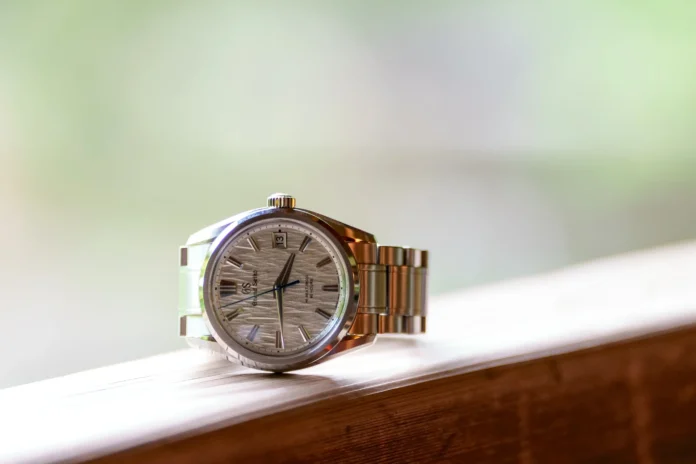Time has a unique ability to shape our lives, often serving as both a guide and a reminder of the fleeting moments we hold dear. The ticking of a clock can spark memories of family gatherings, distant adventures, and personal milestones. When one observes the elegant craftsmanship of a Japanese clock, it becomes evident that it is more than just a timekeeping device; it is a fusion of art and engineering that embodies a deep cultural reverence for precision and beauty.
This article unveils the journey of how Japanese clocks emerged as a global standard, highlighting the craftsmanship secrets that have influenced their remarkable evolution. Through time-honored techniques and innovative advancements, these exquisite timepieces have become synonymous with reliability and elegance.
The Evolution of Timekeeping in Japan

The journey of timekeeping in Japan showcases a rich tapestry of cultural adaptation and technological advancement. Understanding this evolution provides insight into how Japanese timepiece history has influenced contemporary horology in Japan.
Historical Background of Early Timepieces
The roots of Japanese timekeeping can be traced back to the arrival of the first mechanical clocks in 1551, brought by Christian missionaries. Before this significant development, the Japanese utilized a unique system that divided the day into six hours, completing a cycle that counted backwards from noon. Early timepieces were deeply influenced by nature, often synchronized with astronomical observations and key agricultural seasons. Clocks such as the wadokei, celebrated for their intricate mechanisms, adapted to seasonal variations in daylight. This shift from natural to mechanical timekeeping initiated a profound change in Japanese society, enhancing daily life and activities.
The Influence of the Industrial Revolution
The Industrial Revolution in Japan signified a turning point, compelling the country to embrace Western timekeeping standards. This transformation was crucial for synchronizing transportation and boosting productivity amid modernization efforts. With the emergence of quartz crystal technology, the architecture of clocks evolved, greatly improving accuracy and reliability. The period saw advancements in machinery, which allowed for enhanced standardization in production methods. As Japan expanded its manufacturing capabilities, the watches produced became remarkably precise, reflecting a dramatic change in the approach to timekeeping. The evolution marked a shift from historical interpretations of time to a structured and globalized approach, aligning with the demands of a modern economy.
| Era | Timekeeping Method | Key Innovations |
| Pre-1551 | Natural time system (6 hours) | Astronomical observations |
| 1551-1800 | Mechanical clocks (wadokei) | Intricate mechanism designs |
| 19th Century | Western mechanical clocks | Synchronization with transportation |
| Mid-20th Century | Quartz crystal clocks | Improved accuracy and mass production |
The Craftsmanship Behind Japanese Clocks

The intricate craftsmanship behind Japanese clocks showcases a harmonious blend of traditional clock techniques and innovative designs that elevate horology to an art form. Artisans committed to Japanese craftsmanship weave cultural elements into every timepiece, embodying a legacy steeped in meticulous attention to detail and aesthetic beauty.
Traditional Techniques in Clockmaking

Japanese clockmaking is renowned for its traditional clock techniques that emphasize both functionality and artistry. Techniques such as the use of the nikkō-bako, a beautifully crafted wooden box, exemplify this dual focus. The balance between form and function is achieved through:
- Intricate mechanisms crafted from iron and brass, ensuring longevity and precision.
- Ornamental designs that feature mother-of-pearl inlays, adding a touch of elegance.
- Unique shapes and patterns, like arabesque motifs and warabi-te designs, which enhance the visual appeal.
Notable Features of Japanese Timepieces
Japanese timepieces are distinguished by several notable clock features that reflect the advanced horological unique elements found in these products. Among these features, one particularly noteworthy aspect is the adjustable hour markers that align with seasonal changes. This characteristic is a hallmark of the traditional wadokei clocks. Additional features include:
- Time displays that are aligned with daylight, enhancing usability according to natural rhythms.
- Incorporation of traditional artistic elements to elevate aesthetic intrigue.
- Commitment to quality, ensuring every piece resonates with the principles of shokunin, where mastery of craft takes precedence.
This meticulous dedication to craftsmanship has positioned Japanese clocks as exemplars in the world of horology, where artistry meets precision engineering. The evolution of clockmaking innovation in Japan not only preserves traditional values but also pushes boundaries in the field.
How Japanese Clocks Became a Global Standard
The landscape of timekeeping transformed dramatically with the introduction of quartz crystal technology in the late 1960s. This innovation allowed Japanese horology to set benchmarks for accurate timekeeping that far surpassed traditional mechanical watches. As a result, Japanese clocks emerged as symbols of unparalleled precision, captivating both domestic and international markets.
The Adoption of Quartz Crystal Technology
The introduction of quartz crystal technology marked a pivotal moment for the Seiko watch company and Japanese horology. Quartz movements provided reliability and accuracy, establishing a new global clock standard. Timepieces produced with this technology maintained extraordinary precision, ultimately shifting consumer preferences toward quartz watches. The legacy of this breakthrough continues to influence the industry, underscoring Japan’s role as a leader in horological advancements.
The Role of Seiko in Global Horology

Seiko’s impact on the global horology scene cannot be overstated. By launching the first quartz wristwatch, the Seiko Astron, in 1969, the company showcased Japan’s commitment to innovation and craftsmanship. This groundbreaking watch not only set a precedent but also highlighted Seiko’s incredible engineering capabilities. The dedication to high-quality products solidified the company’s reputation, making it a crucial contributor to the standards of accurate timekeeping that define modern watchmaking today.
Japanese Manufacturing Prowess in Watchmaking
In the realm of horology, Japanese manufacturing has established itself as a leader, particularly through its emphasis on precision engineering. The artistry involved in crafting modern timepieces sets Japan apart, merging traditional techniques with contemporary innovations. Notably, brands such as Grand Seiko exemplify the prowess of Japanese watchmakers, showcasing how meticulous craftsmanship results in extraordinary timekeeping instruments.
Precision Engineering in Modern Timepieces
Modern timepieces produced in Japan reflect an unwavering commitment to precision engineering. This dedication manifests in several ways:
- Utilization of advanced machinery that enhances accuracy and consistency
- Employment of innovative materials that improve durability and performance
- Integration of technology that elevates the functionality of timepieces
This meticulous approach not only ensures that each watch meets high benchmarks for accuracy but also enhances the aesthetic appeal. As a result, modern Japanese watches are renowned for their refined elegance and superior functionality.
The Impact of Quality Control Standards
Japan’s rigorous quality control standards play a crucial role in the integrity of its timepieces. These standards encompass:
- Stringent testing protocols that assess performance under various conditions
- Aesthetic evaluations to ensure visual excellence
- Adherence to international standards that bolster global credibility
This commitment to quality has positioned Japanese timepieces among the most reliable options available. Collectors and consumers worldwide express trust in these watches, knowing they represent the pinnacle of quality control and engineering excellence in the watchmaking industry.
| Feature | Japanese Timepieces | Other International Brands |
| Precision Engineering | Highly refined with advanced machinery | Variable, often with limited precision |
| Quality Control Standards | Rigorous, multi-tiered processes | Inconsistent practices across brands |
| Innovation | Constant technological advancements | Reactive improvements and adaptations |









